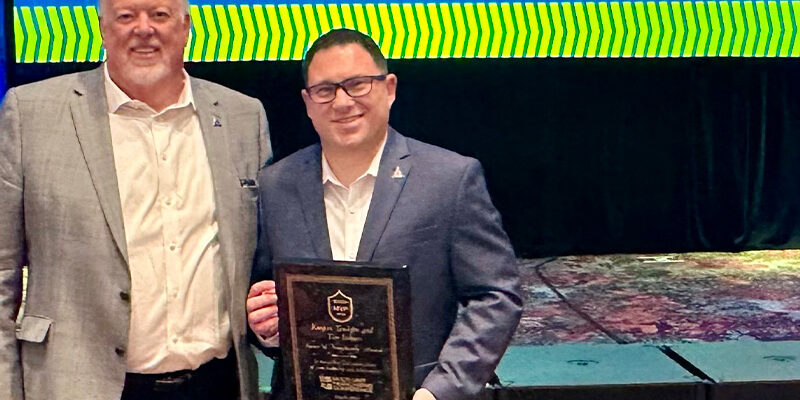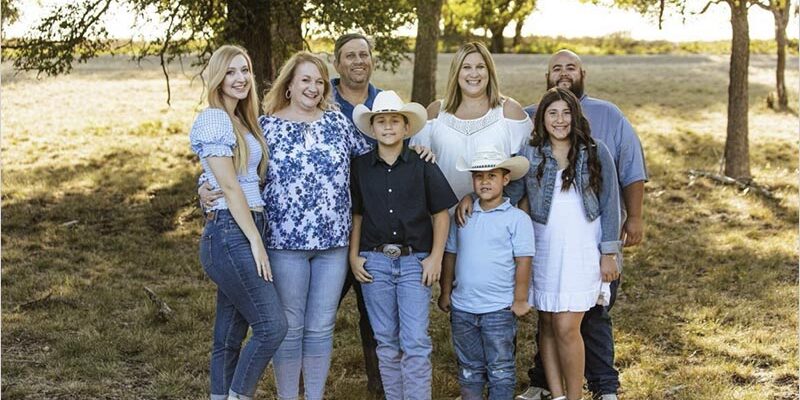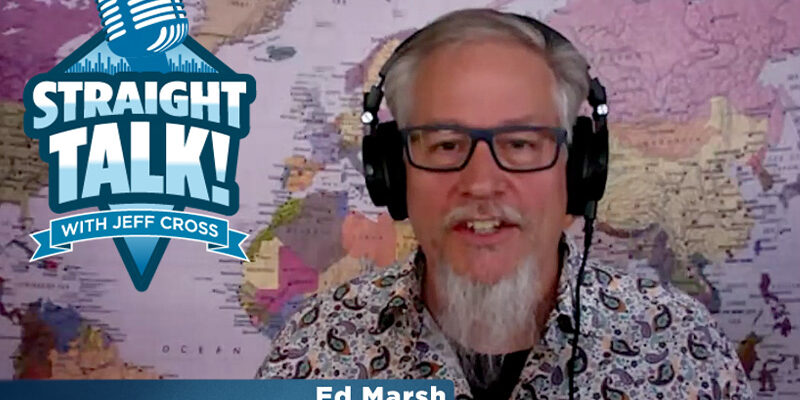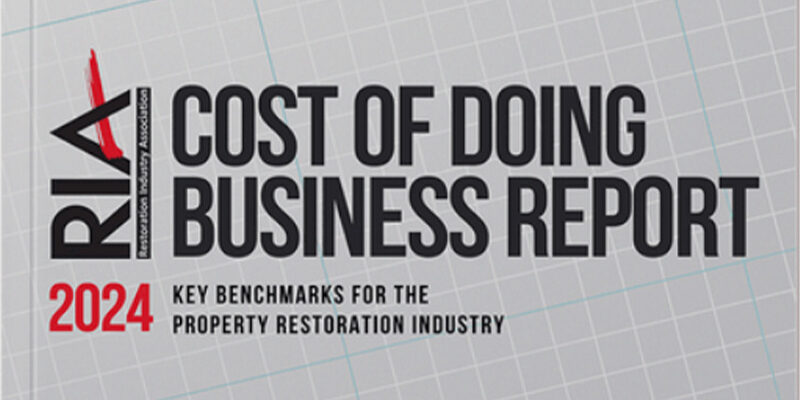Contractors Pollution Liability insurance and you

Most Cleanfax readers have heard of “Contractors Pollution Liability” (CPL) insurance at least once in the past. However, most readers have little now idea what this insurance coverage actually does.
More troubling still is that the insurance agents of carpet cleaning and restoration professionals often think pollution insurance is only needed by hazardous waste contractors. That is a dangerous assumption. Originally, CPL insurance policy was, in fact, designed to be purchased by hazardous waste contractors, but things are a lot different today.
The need for environmental insurance, however, has never been limited strictly to hazardous waste. The operative word in pollution exclusions is “contamination.” In a nut shell, if you contaminate something while on a job, you can kiss your insurance coverage goodbye unless you have CPL insurance or you are fortunate enough to find a misinformed claims adjuster. The bigger the claim against you, the less likely the insurance company is to send your claim to a na?Øve adjuster.
The word “contaminate” in an insurance policy incorporates much more than hazardous materials. For example, when a WI company, Z Co., submitted an insurance claim arising from bacteria-contaminated sandwiches, its insurance company denied the loss due to the pollution exclusion. Z Co. sued its insurance company in hopes that a judge would reverse the insurer’s denial of the loss, but the judge sided with the insurance company.
Bacteria and, by default, Category 3 water are pollutants in WI by case law. Sandwiches are about as far away from hazardous waste as you can get, but because Z. Co. did not have CPL insurance, it faced heavy losses.
Over the years, especially with the advent of fungi, mold, bacteria and Category 3 water exclusions, the CPL policy is now needed by any contractor or cleaner working inside of a building. Fundamentally, a CPL policy is designed to fill the insurance coverage gaps in General Liability (GL) insurance policies created by these types of exclusions, in addition to those of lead, asbestos and silica.
In response to the “toxic mold” scare around 2002, insurance companies reacted by adding fungi and bacteria exclusion into virtually all property and liability insurance policies by 2005. As a result, cleaning firms today have major coverage gaps in their insurance policies when they work on jobs that involve cleaning up any contaminants within the scope of work.
While this might sound really complicated (and it is), the scary truth is that you have needed a CPL policy to fill these holes in your GL policy for at least the past 10 years. It is unlikely that your insurance agent has ever laid it out so bluntly, due to the fact that he or she probably also was unaware of the need.
Insurance agents are not trained very well (if at all) on fungi and bacteria exclusions because there are no training venues on this topic. As a result, cleaning firms are not getting the guidance they need concerning the importance of environmental insurance coverage. Nobody has told the insurance agents about the uninsured bacteria contaminated sandwiches or that Category 3 water, as defined in the IICRC S500 Standard, is Category 3 because of the large amount of bacteria it contains.
Ask your insurance agent if they know what Category 3 water is. Chances are they will have no idea that it is the most contaminated water possible, comprised of deadly sources like sewer backup and toilet overflow.
Due to the lack of insurance agent training in the special insurance needs of cleaners and restorers, coverage gaps in the insurance placements made on cleaning firms are extremely common.
From years of experience reviewing thousands of liability placements for restoration and cleaning contractors, I have found material coverage gaps in over 90 percent of the liability policies sold to these firms. The most common insurance coverage gaps I have found are:
- The insurance agent sells a GL insurance policy that was not specifically designed for the cleaning contractor. Antique GL policies sold to cleaners and restorers have major coverage gaps today.
- The insurance does not meet the insurance requirements in contracts, leaving the cleaner on the hook under the indemnity agreement in the contract for the resulting coverage gaps.
- Contractors are using uninsured cleaning chemicals because the manufacturers and distributors have the same exclusions that the contractors have on their insurance policies.
Being uninsured under the GL insurance policy for cleaning projects involving the smallest bit of contaminant is not a feasible long-term risk management plan for business owners.
In order to obtain coverage for what these exclusions leave companies vulnerable to, a company needs to purchase, at least, a specialized CPL policy. There is no alternative to this needed fix. Only a specially-designed, combined GL/CPL professional insurance policy corrects for the environmental coverage gaps in the GL policy for cleaners and restorers.
However, be aware that many of those combined policies still have coverage issues because they were designed to insure hazardous waste contractors working outdoors.
It is very common for cleaning chemical manufacturers themselves to have pollution, fungi, mold and bacteria related loss exclusions on their GL insurance policies. The insurance agent, thinking that only hazardous waste contractors need environmental insurance, ends up concluding that products pollution liability coverage is only needed by manufacturers and distributors of hazardous chemicals. Of course, that is a mistake, too.
As a result of uninsured cleaning products, cleaning contractors are often applying the products of manufacturers that are highly likely to be uninsured when their cleaning products contaminate something during a contractor’s job.
The cleaning agents purchased by carpet cleaners to perform their operations most likely have some sort of pleasing scent that is released into the air. Even that released sent can be a “pollutant” if the occupants of the building complain that the air is contaminated. A complaint about contaminated air would trigger the pollution exclusion in the GL policy, even with the most inexperienced of claims adjusters. If all your company has is a GL policy in place for this kind of claim, you can kiss your insurance coverage, and maybe your company, goodbye.
Here is a real world example of that situation that one of our carpet cleaners ran into. “Sarah” was working on a house and following the IICRC S100 guidelines as trained. While cleaning the carpets, a strong scent from the green citrus-based chemical in the cleaning agent was released and dispersed in the home.
The fumes were so potent that Sarah had air out the house. After 24 hours, the fumes would not dissipate, so she tried to clean the carpets again to no avail.
By this point, the family said that it was hard to breathe and they have to go to the doctor, stay in a hotel room and miss work and school.
After a few weeks, Sarah got a letter in the mail from the family’s attorney, which stated she caused bodily injury to the family and that she owed them $500,000.
If the contractor had an environmental liability policy, since the cause of the claim is a pollution event, this situation would trigger the policy, protecting the contractor from the suit.
The real cause of the contamination was the cleaning chemical. If the manufacturer and/ or the distributor had a GL policy with coverage for pollution claims arising from those products, there is a good chance that the manufacturer’s policy would step in and pay the occupants’ damages. However, products pollution liability insurance policies are rare.
If the manufacturer is uninsured, there is a good chance the entire loss will end up being paid by the cleaning firm. There is a simple solution to this problem: cleaners should only use chemicals from a manufacturer or distributor that is insured for products pollution liability. If the cleaning contractor obtains proof of insurance from these parties, then the cleaning firm should have a risk management strategy.
It is easy to understand why many mistakenly think that CPL insurance is only for hazardous waste contractors. That thinking was the right conclusion 30 years ago, but it has been a dangerously wrong idea for the past 10 years for firms in the cleaning and restoration business due to the introduction of fungi and bacteria exclusions.
Insurance professionals have not been well-trained on pollution exclusions nor do most of them know how to properly cover an insured carpet or restoration professional with the pollution policies in the marketplace. It is up to a specialized broker and a well-informed insurance consumer like you to pass the information on to them.
To close the gap found in the commercial GL policy, every carpet cleaner and restorer needs to buy a CPL policy in order to avoid gambling with their businesses every day.
 Kari Dybdahl has over 6 years of experience in the environmental insurance industry. Kari is exceptionally qualified to assist clients in placements for an array of environmental risks. Her daily placements include compliant insurance for Crawford Contractor Connection members, ICRA members, Alacrity members, independent contractors and several more. Kari also works on various pollution risks from manufacturers to site owners. Kari assists in the design of member specific insurance programs alongside of Dave Dybdahl. Her knowledge in policy forms, terms and conditions enables her to assist clients correctly, quickly and efficiently.
Kari Dybdahl has over 6 years of experience in the environmental insurance industry. Kari is exceptionally qualified to assist clients in placements for an array of environmental risks. Her daily placements include compliant insurance for Crawford Contractor Connection members, ICRA members, Alacrity members, independent contractors and several more. Kari also works on various pollution risks from manufacturers to site owners. Kari assists in the design of member specific insurance programs alongside of Dave Dybdahl. Her knowledge in policy forms, terms and conditions enables her to assist clients correctly, quickly and efficiently.












